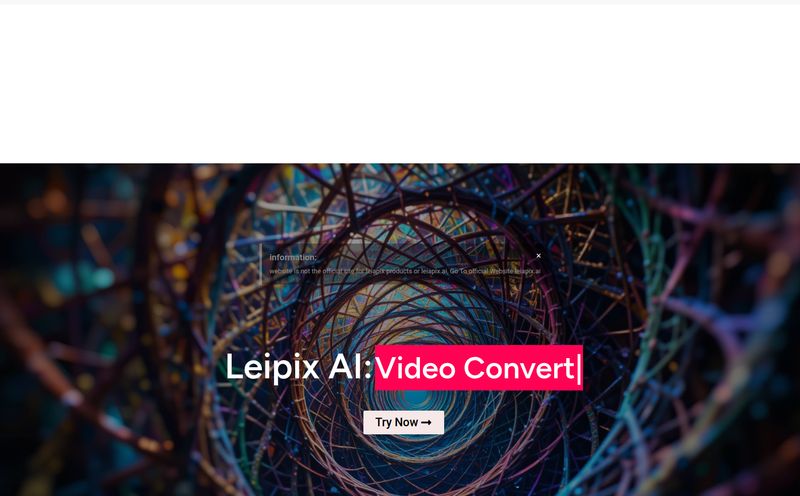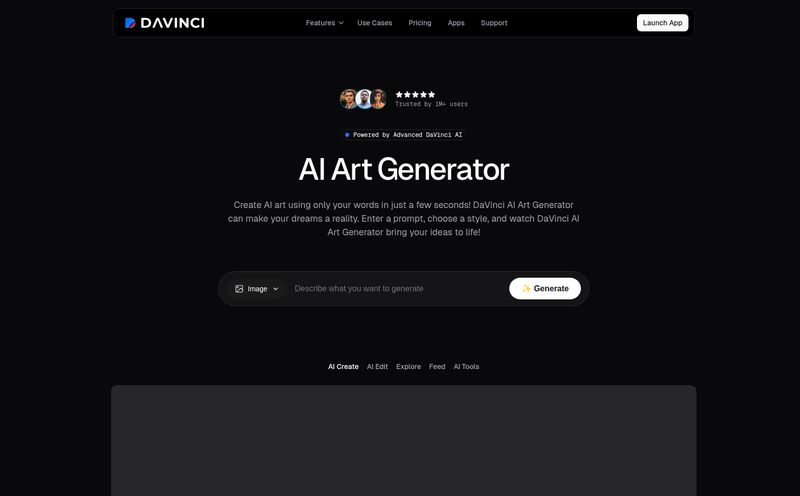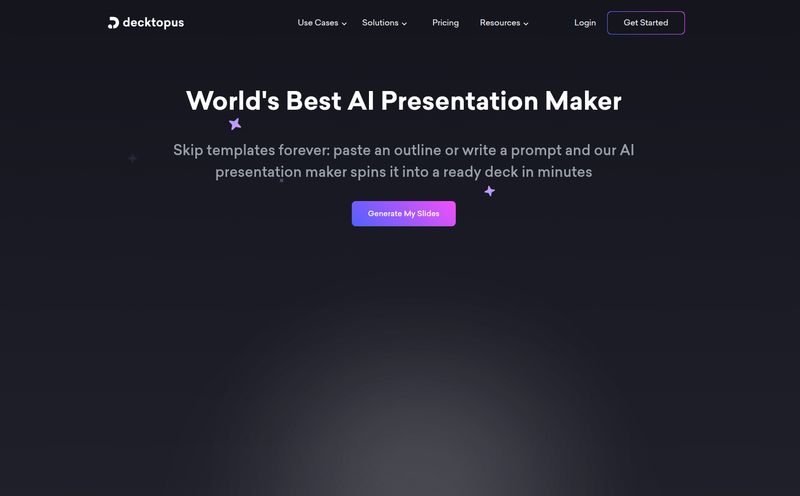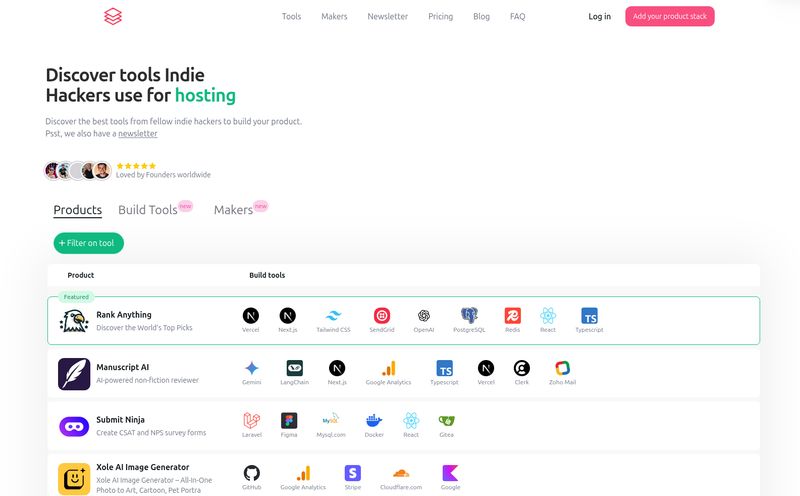Alright, let’s have a little heart-to-heart. If you’ve ever been in a pre-production meeting, you know the pain. You’ve got this incredible, cinematic vision in your head. You try to explain it. Words fail. So you grab a marker, head to the whiteboard, and proceed to draw what can only be described as a series of vaguely humanoid potatoes engaging in… something. The stick figures, the frantic hand gestures, the desperate plea of “just imagine it looks cool!” It’s a struggle every filmmaker, advertiser, and creative has faced.
For years, storyboarding has been this necessary evil. Time-consuming, expensive if you hire an artist, and a bottleneck for creativity if you can’t draw a straight line. I’ve been there, more times than I care to admit. Then AI image generation crashed the party, and suddenly, we could create beautiful concept art. But it was disconnected. Creating a sequence? With the same character? Good luck with that.
That’s the promise of a tool like story-boards.ai. It doesn’t just want to create a pretty picture; it wants to help you tell a story. But does it deliver? I’ve been kicking the tires on it, and honestly, I’m pretty intrigued.
What Exactly is story-boards.ai?
At its core, story-boards.ai is an AI-powered platform that takes your ideas—whether they’re a full script, a simple prompt, or just a scene concept—and spits out a professional-looking visual storyboard. It’s designed for anyone in the business of visual storytelling. We’re talking indie filmmakers trying to get funding, ad agencies pitching a new campaign to a client, or even YouTubers planning out a complex video. It’s meant to bridge that gap between the idea in your brain and a tangible plan everyone on your team can understand.
My First Impressions: More Than Just a Pretty Interface
Logging in, the first thing you notice is how clean everything is. It doesn’t feel like some clunky, engineer-built tool. It feels like it was designed by creatives, for creatives. And then you see the social proof—logos like Microsoft and Deloitte. Okay, so this isn’t just some flash-in-the-pan project. These are serious companies using this tool, which immediately gives it a layer of credibility.
But what really caught my eye was the visual workflow they showcase. It’s a simple four-step process: Generate Your Hero, Create a Scene, Get Shot Suggestions, Describe Your Scene. This isn’t just a text box where you cross your fingers and hope for the best. It's a guided process. It’s like having a creative assistant walking you through the steps, which is a massive relief.
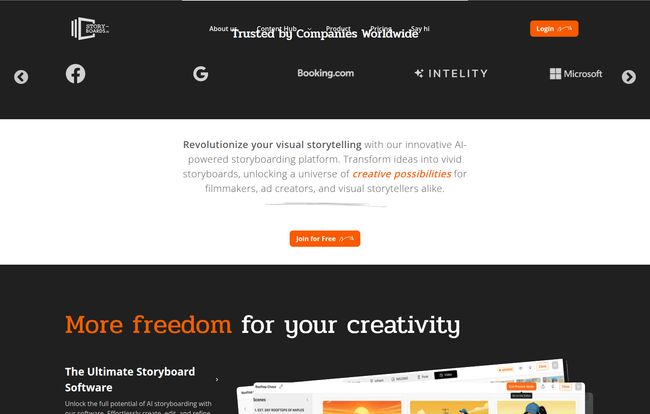
Visit story-boards.ai
The Core Features That Actually Matter
Any tool can pack its feature list with fluff. What I care about are the things that solve real-world problems. And story-boards.ai has a few that really stand out.
The Magic of Character Consistency
This is the big one. The holy grail of AI for narrative work. If you've used tools like Midjourney or DALL-E for sequential art, you know the frustration. You get a perfect-looking character in one frame, and then in the next, they’ve suddenly changed their hair, grown a mustache, or are wearing a completely different outfit. Its a nightmare. story-boards.ai is built specifically to tackle this. By letting you generate and lock in a “Hero,” the platform ensures that your protagonist looks like the same person from scene to scene. This single feature elevates it from a cool toy to a serious production tool.
Intelligent Scene Composition: Your AI Director of Photography
Here’s where things get really interesting. The tool doesn't just generate an image based on your prompt; it offers intelligent scene composition. This means it suggests different camera angles and shot types—a wide shot, a close-up, an over-the-shoulder. It’s like having a tiny Director of Photography sitting on your shoulder, whispering ideas in your ear. For those who aren't seasoned cinematographers, this is an incredible way to learn and improve the visual language of your story. Instead of just getting a flat image, you get options that add dynamism and emotion to your sequence.
A Truly Collaborative Feedback Loop
Remember emailing v3_final_FINAL_USE_THIS_ONE.pdf of a storyboard to your team? And getting back a mess of conflicting notes in a long email chain? Yeah, me too. The collaborative features here are a direct solution to that headache. You can invite team members, get feedback directly on the storyboard, and keep all communication centralized. It’s a simple concept, but in a real-world production environment, it’s the kind of thing that saves hours of time and prevents massive miscommunications.
Iteration without the Irritation
Creativity is messy. The first idea is rarely the best one. story-boards.ai seems to get this. The platform is built around easy iteration and versioning. Need to change a character's expression? Tweak the lighting in a scene? You can do it without having to start from scratch. This encourages experimentation and refinement, which is at the heart of any good creative process.
Let's Talk Money: story-boards.ai Pricing Breakdown
Okay, the all-important question: what’s this going to cost me? The pricing structure is actually pretty straightforward, which I appreciate. They have a few tiers, catering to different needs.
| Plan | Price (Monthly) | Best For | Key Features |
|---|---|---|---|
| Free | $0 | Trying it out | 1 story, 10 images, 50 credits |
| Indie | $15 | Freelancers & Small Projects | 3 stories, 20 images/story, 400 credits |
| Pro | $35 | Professionals & Teams | Unlimited stories, unlimited credits, collaboration, custom characters |
| Studio | $79 | Agencies & Large Teams | All Pro features + White labeling |
The Free plan is generous enough to let you actually test the workflow. The Indie plan is a great entry point for solo creators. But in my opinion, the Pro plan is where the real magic happens. For $35 a month, getting unlimited credits and access to all the core features like team collaboration and custom characters is a fantastic deal. When you consider the cost of hiring a storyboard artist for even a single day, this price feels more than reasonable. The unlimited credits part is huge, as it removes the anxiety of “wasting” generations while you experiment.
The Good, The Bad, and The AI
No tool is perfect, right? So let's be real about it.
On the plus side, the benefits are clear. You get consistent, professional-looking visuals quickly. The collaborative workflow is a massive time-saver for teams. The intelligent scene suggestions are genuinely helpful. And it’s a scalable solution, from a quick personal project to a full-blown agency pitch. I also like seeing “Constant Innovation” listed as a selling point—it signals that the developers are invested in making the tool better over time.
On the other hand, some users have mentioned minor issues. It can occasionally be a bit slow, but that's pretty much par for the course with any heavy-duty AI tool right now. Some might find the pricing a little steep if they're a hobbyist, but for any professional, it's an easy business expense to justify. There was also a note about a desire for more art styles in the future. I see this not as a flaw but as a potential for growth. As the model improves, the stylistic variety will undoubtedly expand.
How Does It Stack Up Against Other Storyboard Software?
This is the key question. You could just use Midjourney, right? Well, not really. Midjourney is a phenomenal image generator, but it’s a paintbrush. story-boards.ai is a whole artist's studio. It’s built with the specific workflow of storyboarding in mind—character consistency, sequencing, shot variety, and collaboration. It's purpose-built.
Compared to traditional, non-AI software like Storyboarder Pro, the advantage is speed and accessibility. You don’t need any artistic skill to generate a high-quality image. You’re trading the granular control of drawing for the lightning-fast speed of generation. For many, that’s a trade worth making, especially in the early stages of pre-production.
Final Thoughts: Is story-boards.ai Worth It?
So, what’s the verdict? In my book, story-boards.ai is absolutely worth it for its target audience. It is one of the most promising AI storyboard generator platforms I've seen because it solves the most critical problems of the process.
It’s not just generating images; it’s streamlining a whole creative workflow. It takes the most tedious, frustrating part of pre-production and makes it faster, easier, and more collaborative. If you're an indie filmmaker, a marketing agency, a content creator, or anyone who needs to translate a vision into a visual sequence, this tool could genuinely change how you work.
It empowers you to focus on the story, the shots, and the emotion, without getting bogged down by whether or not you can draw a convincing-looking car. And for that alone, it earns a strong recommendation from me.
Frequently Asked Questions (FAQ)
What is an AI-generated storyboard?
An AI-generated storyboard uses artificial intelligence to turn text descriptions, prompts, or scripts into a sequence of visual images. Unlike a traditional storyboard drawn by hand or with software, it automates the image creation process, focusing on aspects like character consistency and cinematic shot composition to build a narrative.
How does story-boards.ai compare to other storyboard software?
It differs from traditional software by eliminating the need for drawing skills, using AI to generate images instead. Compared to general AI image generators, it is purpose-built for storytelling, with dedicated features for character consistency across multiple frames, scene composition suggestions, and collaborative feedback loops.
Can I use my own custom characters?
Yes, you can! The ability to use custom characters is a feature available on the Pro and Studio plans. This allows you to maintain brand identity or a specific character look throughout your projects.
Is story-boards.ai difficult to learn?
Based on its user interface and guided workflow, it appears to be very user-friendly. It’s designed to be intuitive, even for those who aren’t tech-savvy. The goal is to simplify the process, not add another complex tool to learn.
What's the difference between the Free and Pro plan?
The main differences are scale and features. The Free plan is a limited trial, while the Pro plan offers unlimited stories and, most importantly, unlimited generation credits. The Pro plan also unlocks critical professional features like team collaboration, feedback tools, and the ability to use custom characters.
How does the credit system work?
On the Free and Indie plans, you get a set number of credits per month (50 and 400, respectively). Each action, like generating an image, consumes credits. The Pro and Studio plans remove this limit, offering unlimited credits so you can generate and iterate as much as you need without worrying about running out.
